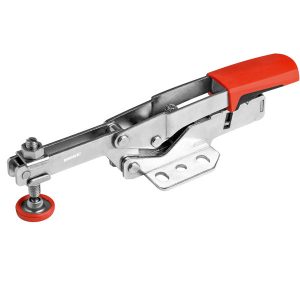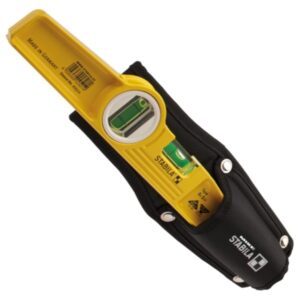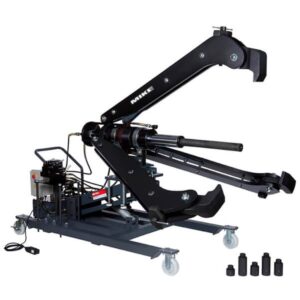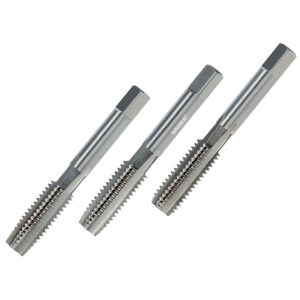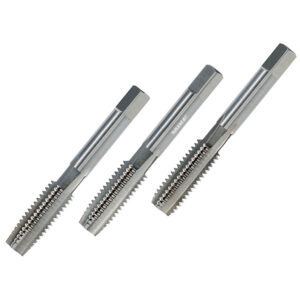A toggle clamp is a type of mechanical clamp that is commonly used to hold objects securely in place during various applications. It consists of a pivoting lever mechanism that applies a clamping force when activated.
The basic design of a toggle clamp includes a handle or lever, a clamping arm, a pivot point, and a clamping base. The lever and clamping arm are connected by a toggle linkage, which is a series of pivoting joints and connecting links. When the handle or lever is operated, it moves the clamping arm through the toggle linkage, resulting in a high mechanical advantage and the application of a strong clamping force.
Toggle clamps are often used in woodworking, metalworking, and manufacturing processes where quick and secure clamping is required. They are available in various sizes, designs, and configurations to suit different applications. Some common types of toggle clamps include vertical toggle clamps, horizontal toggle clamps, push-pull toggle clamps, latch-type toggle clamps, and hook-and-eye toggle clamps.
Toggle clamps are valued for their ease of use, quick clamping action, and ability to hold objects securely. They are widely used in jigs, fixtures, workholding devices, assembly lines, and other applications where repetitive clamping and unclamping is necessary.
Toggle clamp
Showing the single result

